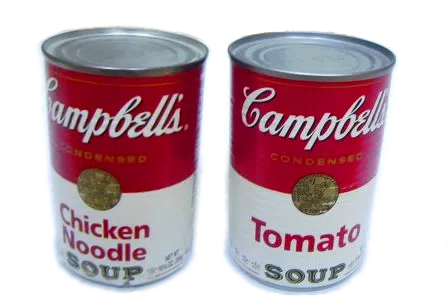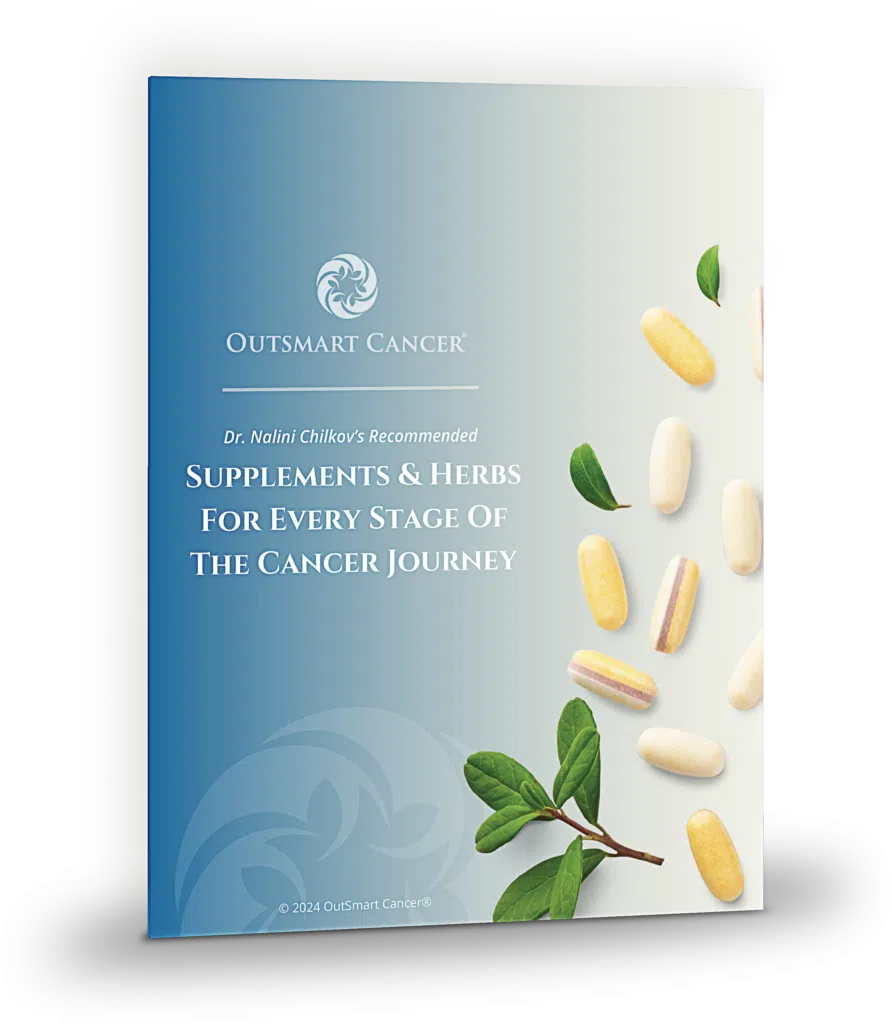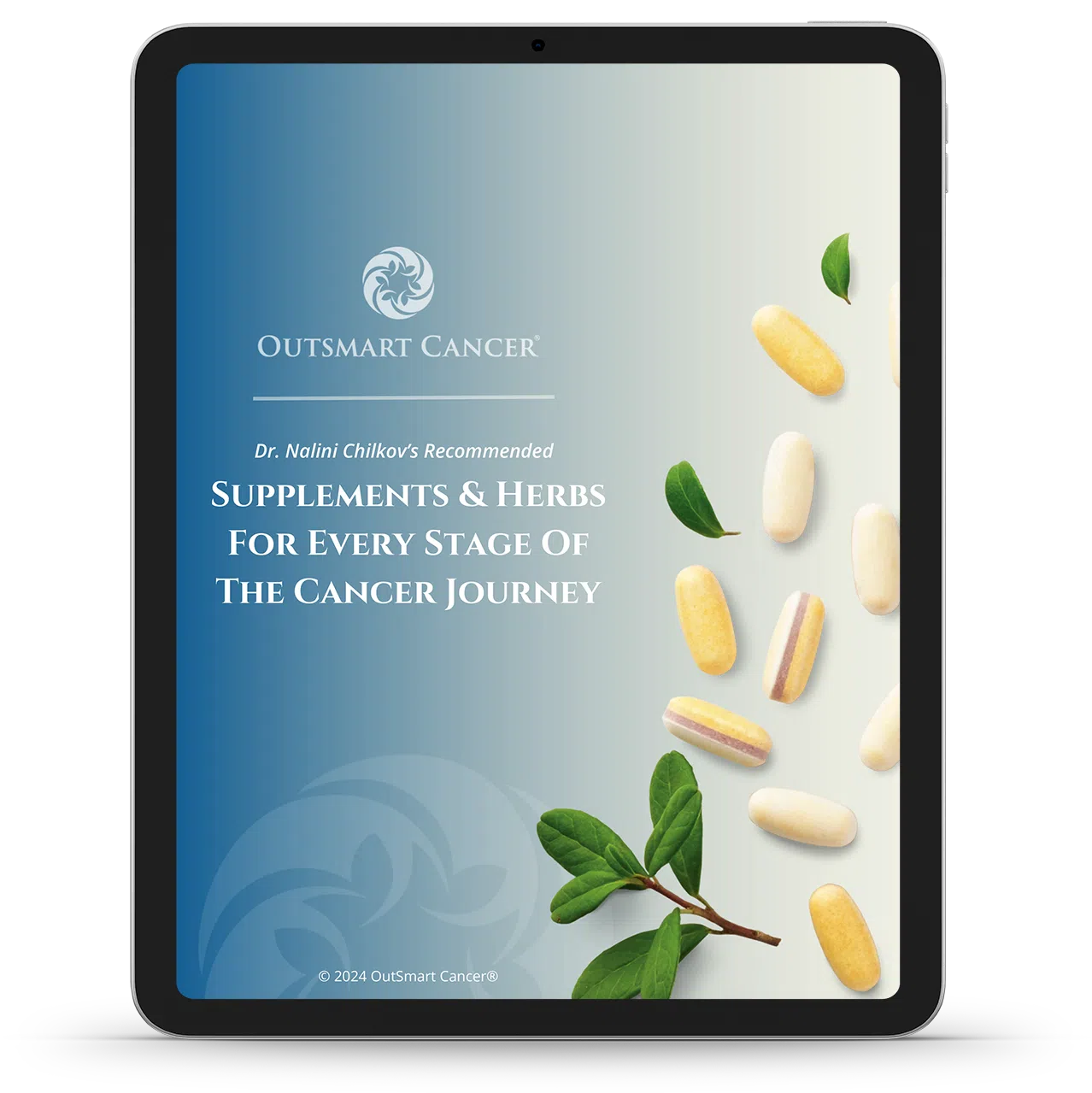
Bisphenol A (BPA) is one of the most ubiquitous and toxic chemicals in our modern environment. It is part of our modern life. It is not possible to avoid exposure to BPA, but it is possible to make choices that decrease our everyday exposures.
Start now. Go through one room in your house at a time. Start in the kitchen, then go to the bathroom, the pantry, the garage and the garden shed. Get rid of toxic chemicals and containers made from cancer causing materials and replace them with green, safe products.
In the chart below you will see a key to the markings on plastic containers. Plastics and containers are marked with symbols that tell you about the composition of the container and whether or not you can recycle it. Learn what these symbols mean and you will keep yourself and your family safe.
The following information is an excerpt from the Environmental Working Group one of my favorite websites and organisations that is a reliable source for information about chemicals found in our environment, food, personal care products, cleaning supplies, baby formula. You name it, you can look it up on this site. You can be a well informed consumer. I urge you to learn how to keep yourself and your family safe.
1. What is BPA? Bisphenol A, or BPA, is an industrial chemical used to make two common synthetic chemical found in everyday life:
Polycarbonate, a clear, rigid, shatter-resistant plastic found in a wide variety of consumer products, including food and drink containers. Think water bottles, shampoo bottles.
Epoxy resins, used in industrial adhesives and high-performance coatings. Epoxy coating lines most of the 131 billion food and beverage cans made in the U.S. annually.
What are its health risks? BPA is a synthetic estrogen that can disrupt the endocrine system, even in small amounts. It has been linked to a wide variety of ills, including infertility, breast and reproductive system cancer, obesity, diabetes, early puberty, behavioral changes in children and resistance to chemotherapy treatments.
3 BPA reaches children beginning in the womb Surveys by the federal Centers for Disease Control and Prevention have found BPA in the bodies of nearly every person over the age of 6. In 2009, the Environmental Working Group detected BPA in 9 of 10 cord blood samples. Most of this contamination is believed to come from food packaging. BPA molecules leach into foods and beverage from plastic food containers and the epoxy linings of metal cans.
In 2009, under pressure from consumers, major manufacturers of hard, clear baby bottles, sippy cups and sports water bottles voluntarily switched to other plastics. The federal Food and Drug Administration barred BPA in baby bottles and children’s cups in June 2012.
The FDA still allows BPA in food cans. (France has banned BPA in food packaging.) EWG advises consumers to limit their consumption of canned products not made by those few companies that use non-BPA can linings.
In 2011, researchers at the Harvard School of Public Health determined that volunteers who ate a single serving of canned soup a day for five days had ten times the amount of BPA in their bodies as when they ate fresh soup daily. Campbell’s and other major canned food makers are seeking alternatives but have not yet switched to BPA-free cans. (In some natural foods markets you will see that foods such as beans previously sold in cans are now packaged in waxed cardboard containers free of plastics and BPA.)
4 How to limit your family’s exposure to BPA: Completely eliminating contact with BPA is virtually impossible, but you can reduce your family’s exposure to this chemical.
Limit your consumption of canned food, particularly if you are pregnant. Buy baby formula in soft non BPA plastic, glass or other non-metal containers. When possible, choose powdered formula because the packaging contains less BPA and because the powder is diluted with fresh water. If your baby needs liquid formula, look for brands sold in plastic or glass containers.
Look for canned food labeled as BPA-free or buy food packed in glass jars or waxed cardboard cartons. A few small companies sell cans lined with non-BPA alternatives.
Avoid ALL hard plastic containers (polycarbonates)
Repurpose old baby bottles, cups, dishes and food containers marked with the letters “PC,” for polycarbonate, or recycling label #7. Not all #7 products are polycarbonate, but they may be.
Do not microwave food in plastic containers.
5 BPA in store receipts EWG’s tests of major retailers’ store receipts, conducted in 2010, found that 40 percent were coated with BPA. The chemical can rub off on hands or food items. Some may be absorbed through the skin.
How to limit exposure to BPA in receipts: Say no to receipts when possible . Keep receipts in an envelope. Never give a child a receipt to hold or play with. Wash your hands before preparing and eating food after handling receipts. Do not recycle receipts and other thermal paper. BPA residues will contaminate recycled paper.
©2013, Environmental Working Group, All Rights Reserved.
EWG Headquarters: 1436 U St. N.W. Suite 100, Washington, DC 20009 | (202) 667-6982 | Contact Us Environmental Working Group | Terms & Conditions | Privacy Policy





